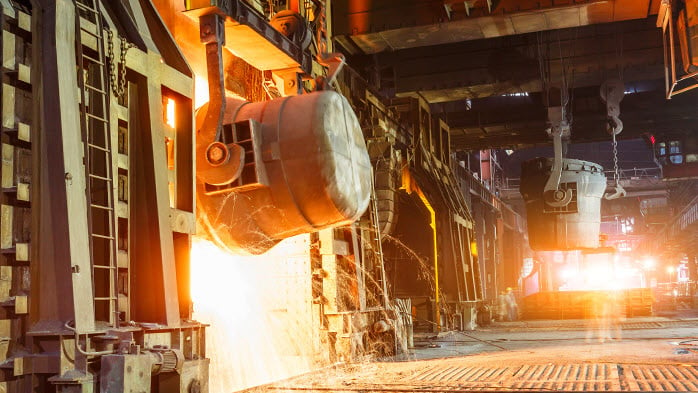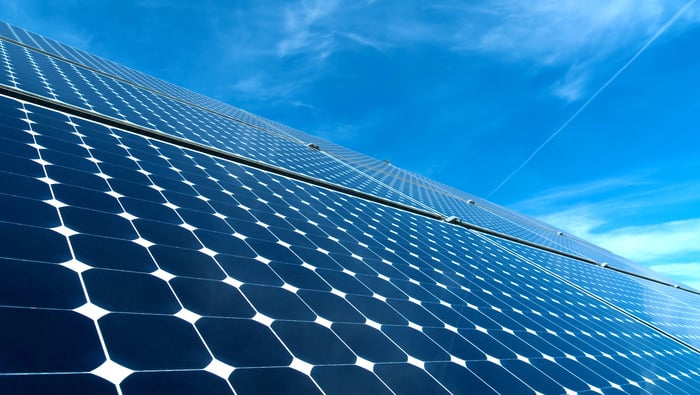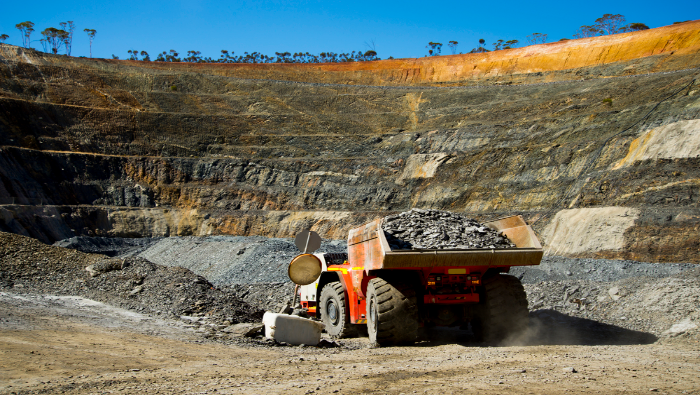At the 2023 CRU Ferroalloy Conference in Scottsdale, Arizona, stakeholders in the ferroalloy market gathered to hear from experts and discuss major trends and outside factors that will impact their businesses in 2023. Over 640 professionals from more than 380 companies and 38 countries gathered in the US to attend the event from 30 October – 1 November 2022, which brought together buyers and sellers from across the ferroalloys, steel, minor metals, and powder product markets. The conference provided an excellent venue for networking and conversations about annual contracts and current market conditions.
Global supply-chain challenges expected to persist
The impact of high energy costs and their effect on supply and demand was a key topic at the three-day event. Power costs are adding significantly to production costs, especially for most manganese alloy and steel producers, while alloy prices are edging lower, making it unprofitable for suppliers to sell material. There has been production cuts across several commodities which have not been overly successful in rebalancing markets. However, if demand improves in 2023 Q1, the idling of capacities will lead to some supply tightness. The power crisis in Europe is worse than anywhere else as supply from Ukraine has also been interrupted.
Many of the speakers pointed out the need for new investment aimed at discovery and processing techniques in order to ensure adequate supply to meet future demand. For example, political tensions are increasing the risk to nickel and cobalt supplies, prompting mining companies to consider developing new sites in North America and Europe. Graphite demand is expected to outstrip supply by 2023, while vanadium producers need to develop new processing methods to establish large-scale battery production for electric vehicles. Similarly, molybdenum is essential to many emerging markets, yet there has been very little development of new western assets.
Economic headwinds looming
There were numerous discussions about global economic headwinds. The consensus among presenters and participants was that a recession in Europe and the United States is inevitable, although it is expected to be milder and shorter for the US than in Europe. It is expected that China will most likely avoid a recession, but growth will be modest. On a more positive note, the outlook for US automotive production and sales is firm for 2023 especially with the US Federal Fund Rate forecasted to reach 4.75-5% in 2023 Q1.
The appreciating US dollar was also a subject of discussion as it is causing difficulties for several countries and businesses when purchasing raw materials and servicing their debt/credit. While 2023 is expected to be a volatile year, a broad global recovery is expected sometime in 2024.
Growth and opportunities
A common theme among speaker presentations was the green energy evolution, which will alter commodity value chains. Carbon price adjustment mechanisms have the potential to change existing trade flows. Products like molybdenum are used in a wide range of market segments like hydro, nuclear, solar PV, fossil fuels, wind, solar thermal and geothermal.
Electric vehicles will need to use large amounts of lower carbon nickel and cobalt materials. Silicon is vital for the solar sector, and the opportunities are attracting new participants to the industry. Vanadium producers are excited about the potential for growth in battery manufacturing. Chrome is essential to the energy market, specifically in the nuclear and wind segments. Hence, the road ahead for these commodities looks positive as they remain big areas of investment and expansion.
What lies ahead in 2023?
Most attendees seemed cautious in their outlook for next year and were looking at creative options to formulate their annual contracts, given the lack of clarity in the current market. Some are trying to reduce volumes in contracts. There are also instances of floors or ceilings to index discounts and also deals where the discounts vary over the life of the contract. 2023 H1 looks particularly uncertain and market participants concluded that while economic issues and global conflicts would lead to notable volatility in 2023, there was some longer-term optimism for the market.
















